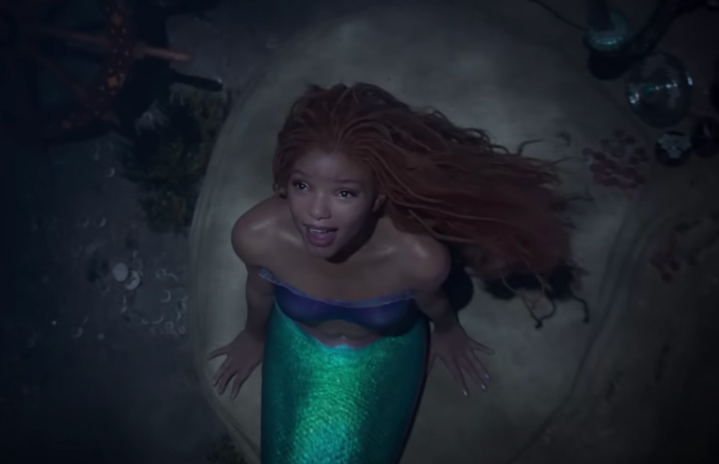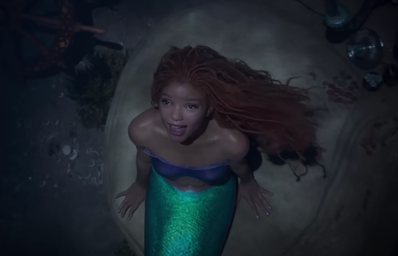The moment I watched Lilo & Stitch for the first time as a child, I knew it would become my favourite animated film of all time. By now, I must have seen the original thousands of times, finding new details to appreciate with every watch. Lilo is a little girl living in Hawaii. After losing their parents, her teenage sister, Nani, struggles to take care of her. Meanwhile, Stitch is an “evil” extraterrestrial who lives only for destruction and therefore, was exiled by the space federation. At first glance, Lilo and Stitch couldn’t seem further apart but really, they are parallels of each other. Both mischievous yet sensitive, they long to belong. That’s where the heart of the film comes in: Ohana is uniquely Hawaiian, meaning a family where no one gets left behind. Lilo and Stitch become each other’s Ohana. This cultural context would be important to Disney’s casting choices for the upcoming live-action remake.
There is no denying that people are passionate over Disney films. Beyond childhood nostalgia, we’ve come to see them as celebrations of our identities. We’ve been blessed in recent years with Coco, Raya and the Last Dragon, and Turning Red, films with historical and cultural significance that have earned Disney praise for its diversity. However, authentic representation has proven to be much more complicated with live-action shows. When Disney announced Sydney Agudong as Nani, fans were reasonably upset. Despite being Hawaiian, the actress, light-skinned with eurocentric features, could stereotypically pass as White, showing how complex representation really is. With the issue of colourism, it is not enough to hail from a certain nationality if you do not possess the ‘right’ features, whatever that may mean to the audience.
On the other hand, some fans argued that the casting of Halle Bailey as Ariel in The Little Mermaid should be met with similar scrutiny. However, Ariel’s story is grounded in fantasy. As a mermaid, she is not of the human race, providing a valuable opportunity for minority representation. The choice of Halle Bailey as Ariel is more justified when seeing the impact it has had on Black little girls everywhere. The same cannot be applied to Lilo & Stitch where the storytelling cannot be separated from its strong Polynesian roots. Even the race of Cobra Bubbles, a former CIA agent turned social worker, heightens the tension in the film. As an African-American, he is an outsider to Hawaii and the Ohana. He does not believe that Nani and Lilo should be together where his empathy is outweighed by his pragmatism. Comparing both films, it is clear that representation is extremely subjective. Depending on the context and concerns, there is a need to carefully weigh the relevance of race and culture to the storytelling. Even with a new creative direction, conducting in-depth research and analysis on the audience expectations allows us to pay homage to the timeless aspects of the original that fans would have resonated with.
It might also be worthwhile looking at the upcoming Barbie movie that enjoys more creative freedom in casting. With widely acclaimed works such as Ladybird and Little Women, the director Greta Gerwig has been hailed as a genius of our generation. Her works are known for their progressive nature, and fans expect Barbie to be nothing short of the feminist epic we deserve. That means her casting choices would be questioned as well. The versatility of the Barbie doll has evolved to represent different sizes, colours, and abilities so while many agree on the cast being played by such diverse actors, some have criticised the choice of Ryan Gosling as Ken, displaying the ageism that still lurks in Hollywood.
Of course, the movie is yet to be released but such audience expectations could be what Gerwig hopes to challenge. Barbie has enjoyed a longevity as an icon in the public consciousness. Just like any other icon, there is no limit to what Barbie has come to represent to the public. This can be seen with Mickey, the lovable cartoon mouse, who has been rendered in countless styles towards different functions from creative to political. We can expect his popularity to only grow as Disney’s original copyright expires and he enters the public domain, becoming public property at the end of the year. From superficial fashionista to career-driven woman, it would be interesting to see how Gerwig might explore the different traits associated with Barbie and in turn, subvert stereotypes we see in society today. In this case, representation could start important conversations. I, for one, will definitely be seated when Barbie hits theatres come July.
After decades of White dominance in Hollywood, people have recognised the need for minority representation on screen. Needless to say, it’s new to the industry. By paying close attention to the furious debate it sparks, we find out more about what it means to represent someone, or something, responsibly.

